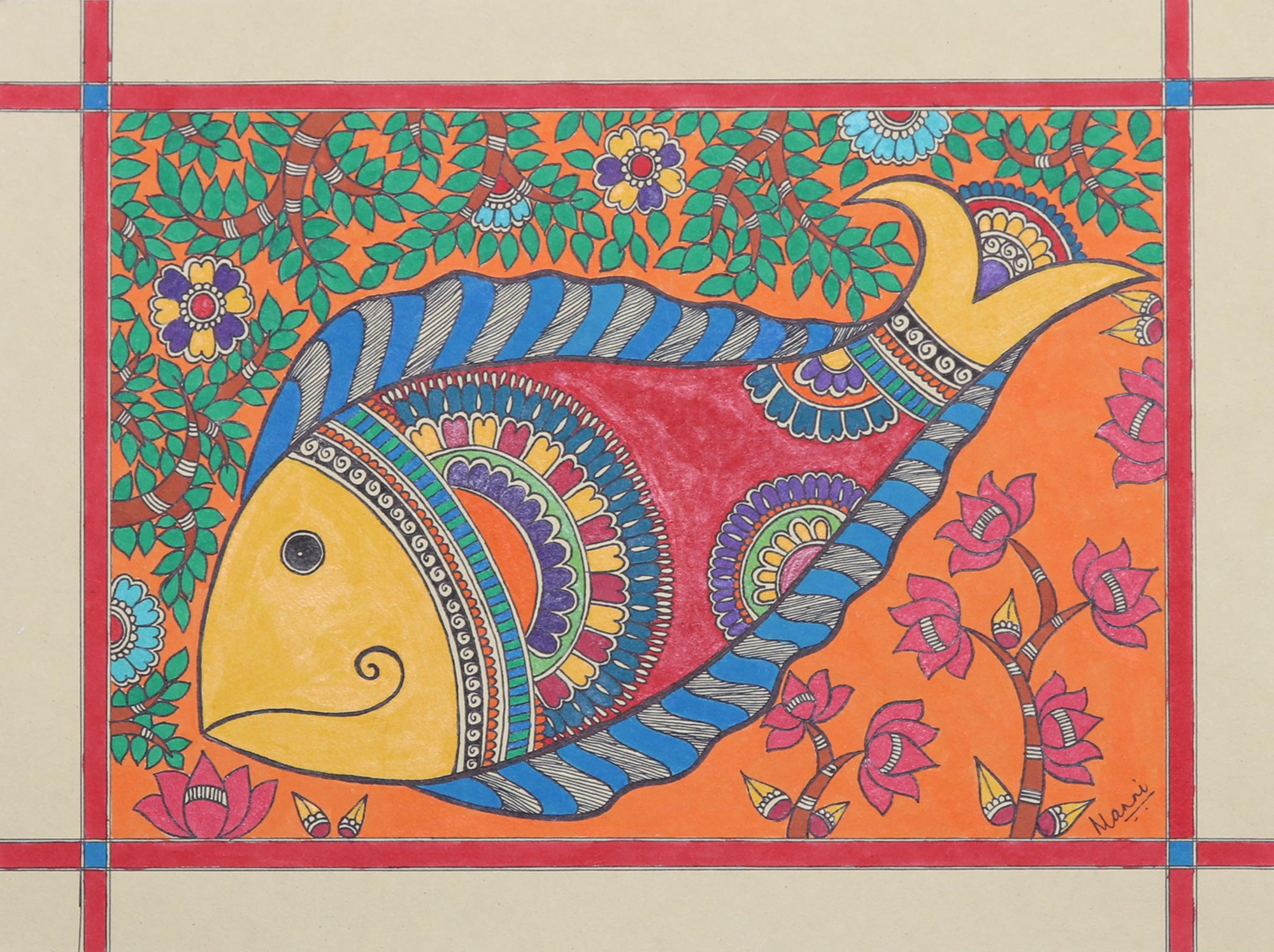

His playful cartoons of big-bellied politicians and bhadralok, meaning ‘gentleman’ in Bengali, are satirical observations of society at the beginning of the 20th century. Later in his career, Tagore turned to caricature. He was the older brother of Abanindranath Tagore and unlike his sibling, Gaganendranath embraced Western art movements including Cubism, Futurism and German Expressionism. Gaganendranath Tagore (1867–1938)Ī self-trained watercolourist and cartoonist, Gaganendranath Tagore is considered one of the great pioneers of Indian art at the turn of the century. During her lifetime, Sher-Gil steadily gained recognition across Europe and she remains one of the greats of Indian art history.Īmrita Sher-Gil. Despite her privileged upbringing, the artist’s paintings vividly depicted the daily lives of ordinary people. Respected for her powerful self-portraits and bohemian lifestyle, Sher-Gil was affectionately described as the “Indian Frida Kahlo”. Like Tagore, Amrita Sher-Gil was greatly inspired by the Mughal school of painting, as well as the frescoes of Ajanta, which she described as worth more “than the whole Renaissance”. Amrita Sher-Gil (1913–1941)īorn to a Hungarian mother and aristocratic Sikh father, Sher-Gil’s early years were spent training in Paris. This was reflected in his works, which are sophisticated depictions of India’s unique spiritual and national identity.Ībanindranath Tagore. A passionate exponent of Swadeshi values, Tagore was deeply invested in the fight for Indian independence. Tagore’s graceful, elongated figures, gleaned from the Mughal style, are depicted in a Japanese-inspired wash technique using pale blues, greens and oranges.

Tagore staunchly rejected the teachings of Western academic art schools, finding inspiration in traditional Oriental art forms such as Mughal miniatures, the Ajanta murals, folk painting and Japanese printmaking.

Abanindranath Tagore is best known as the founder of the Bengal School of Art, which sought to establish a distinctly Indian art that celebrated an indigenous cultural heritage rather than Western art and culture.


 0 kommentar(er)
0 kommentar(er)
